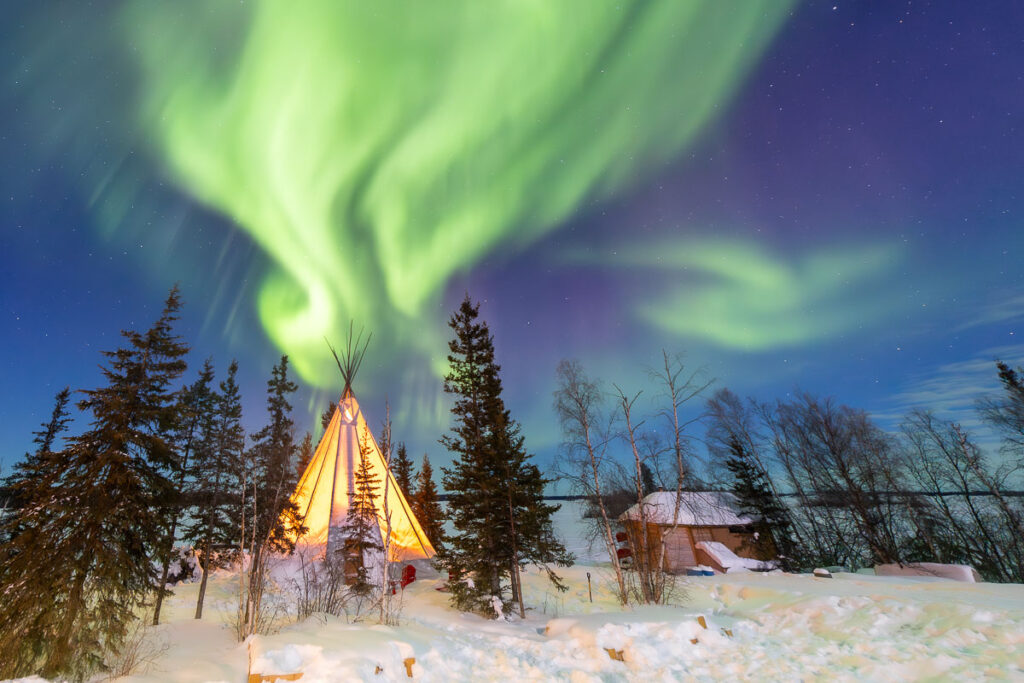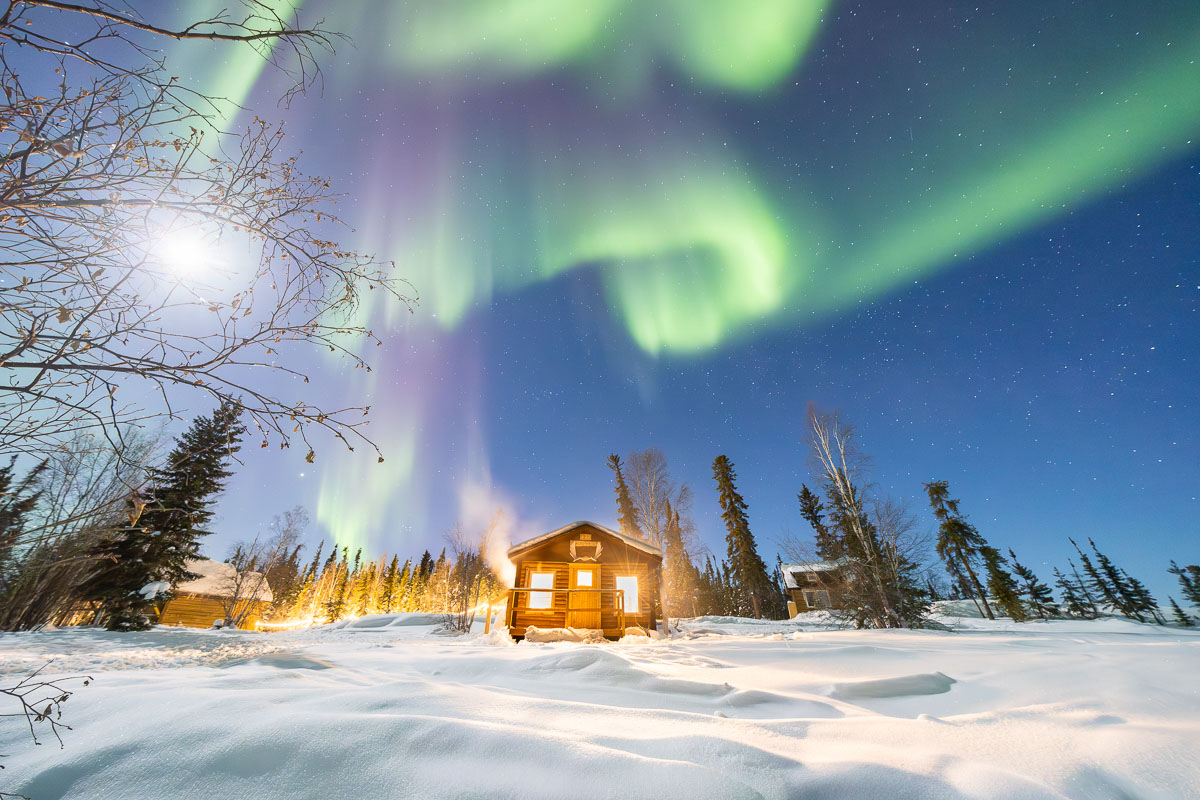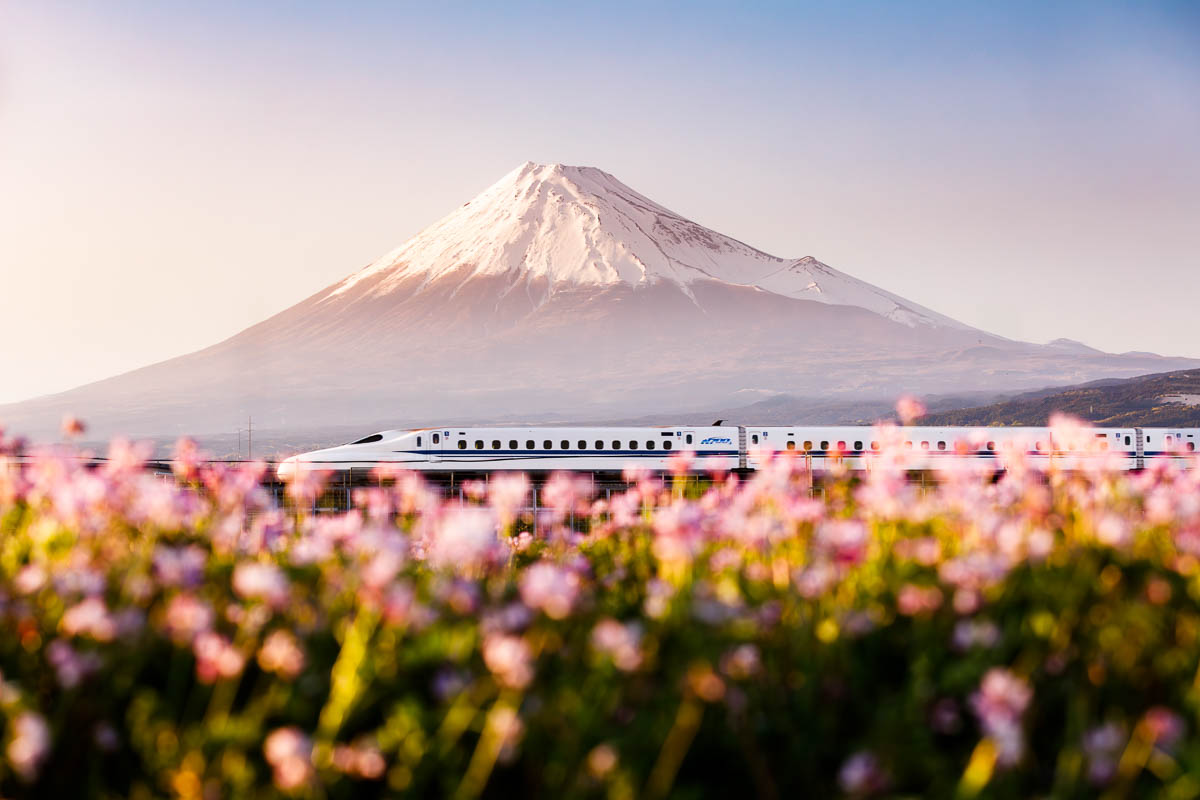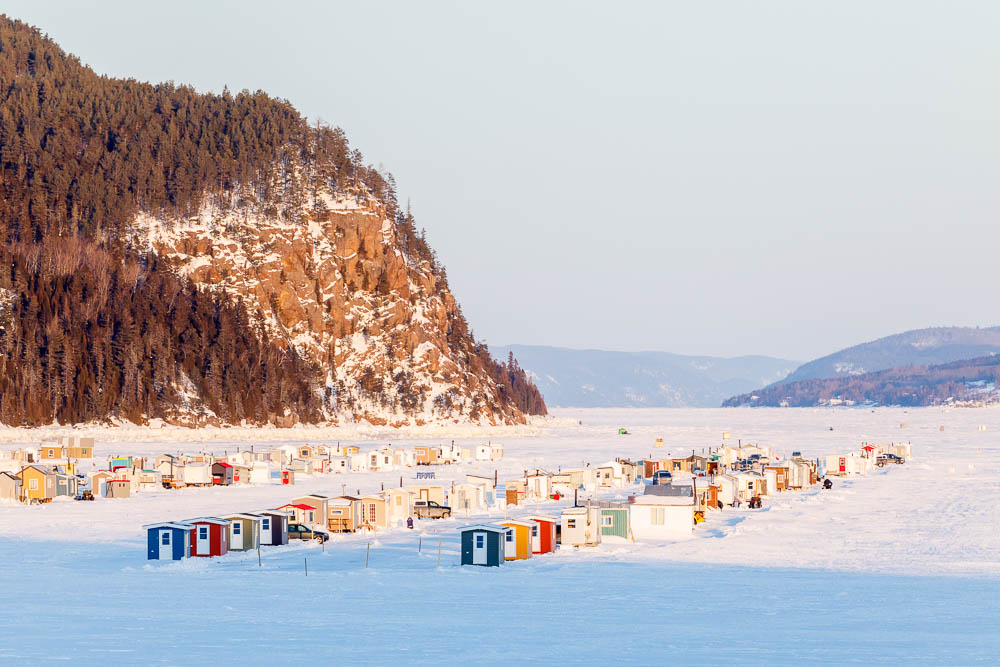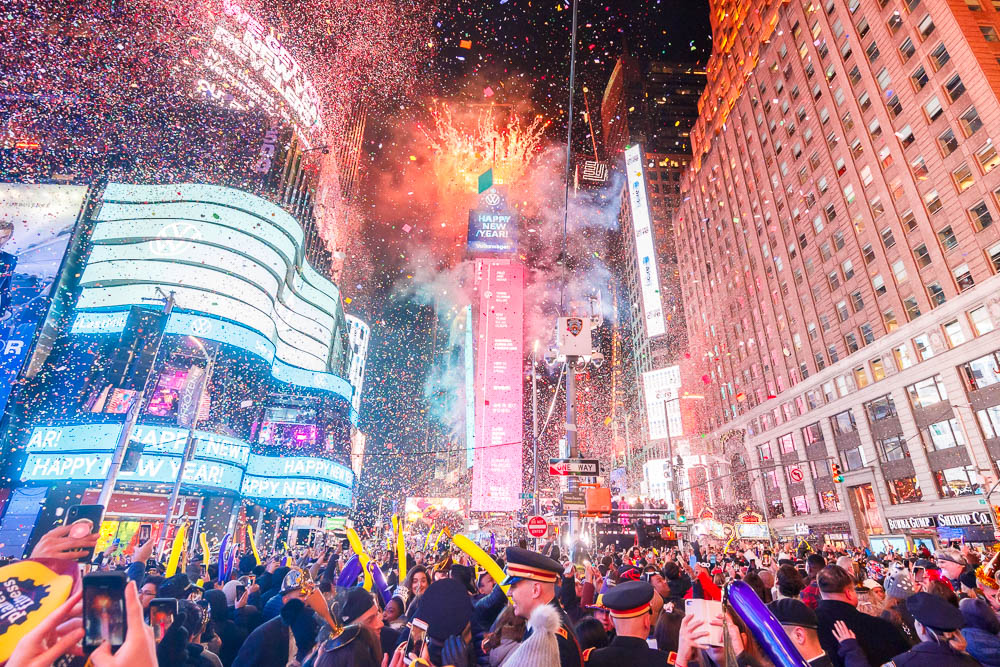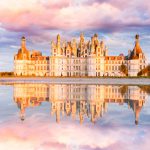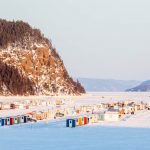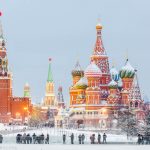
› Blog/travel
April 2025 |
Yellowknife The Aurora Capital of the World
Discovering Yellowknife, a Hidden Gem in Northern Canada
Located in the Northwest Territories, Yellowknife is a unique city of around 20,000 residents, both remote and full of life. Its name comes from the Yellowknives Dene, an Indigenous tribe known for crafting tools and weapons from native copper. Sitting on the northern shore of the Great Slave Lake, Yellowknife is the territorial capital, a place where Indigenous history meets the legacy of gold rush explorers and Canadian fur traders.

Why is Yellowknife Called the Aurora Capital of the World?
Yellowknife lies right beneath the auroral oval, the area with the most intense northern lights activity on Earth. Like Tromsø in Norway or parts of Iceland, it is perfectly positioned for breathtaking northern lights displays. But what sets Yellowknife apart from these European destinations is its extreme continental climate.
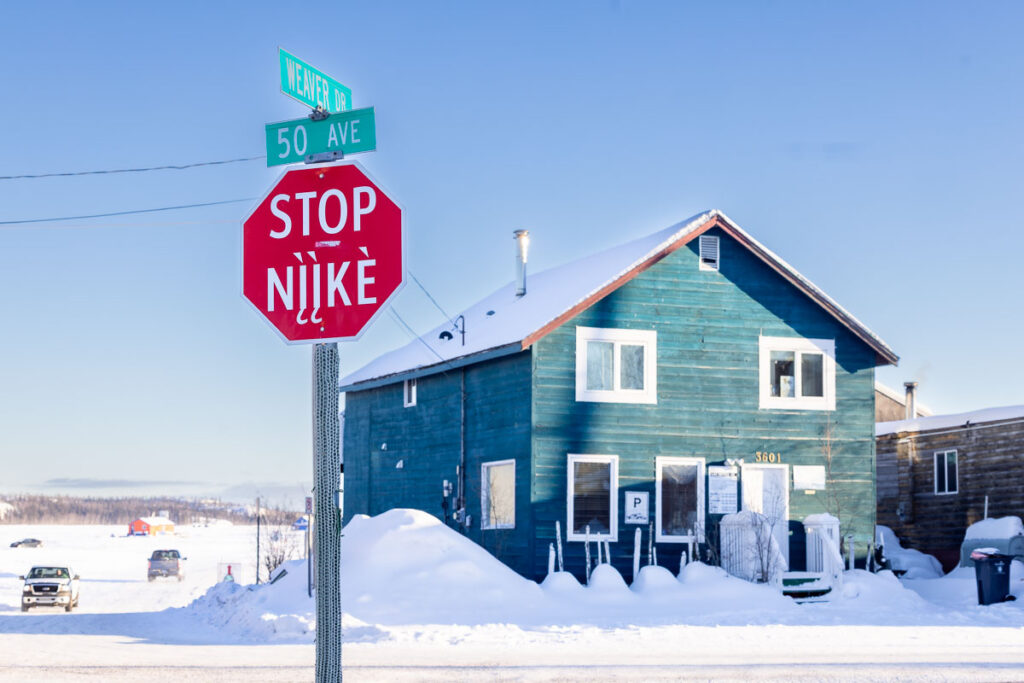
Unlike Scandinavia and Iceland, where the oceanic climate often brings cloudy skies and humidity, Yellowknife enjoys dry air and almost always clear nights. The result? An astonishing 220 aurora-viewing nights per year, making it one of the most reliable places on Earth to witness the northern lights.

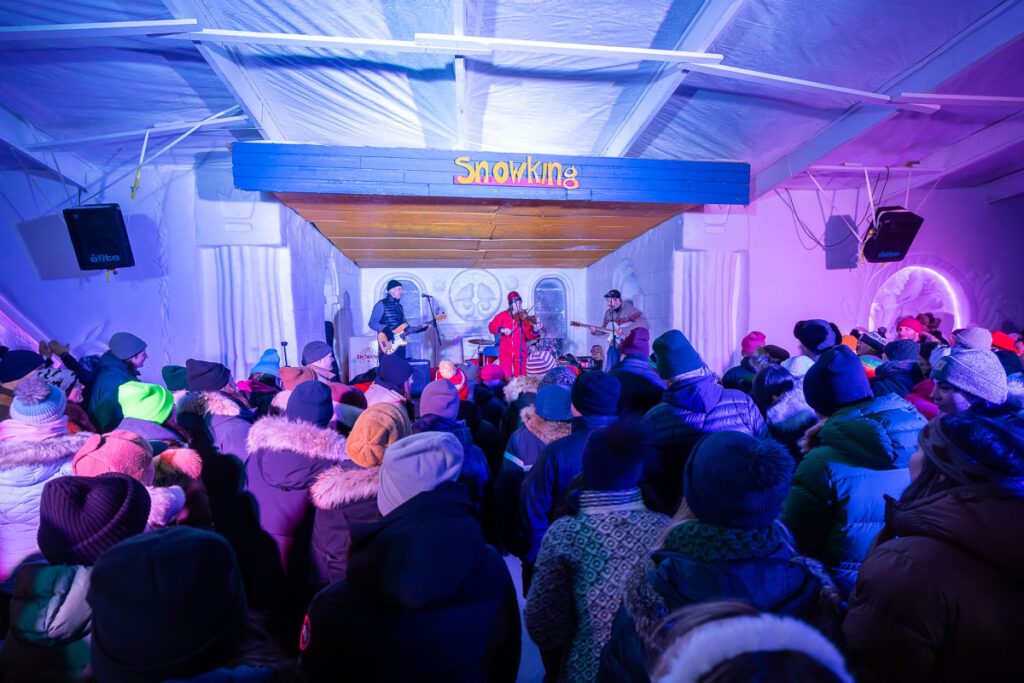
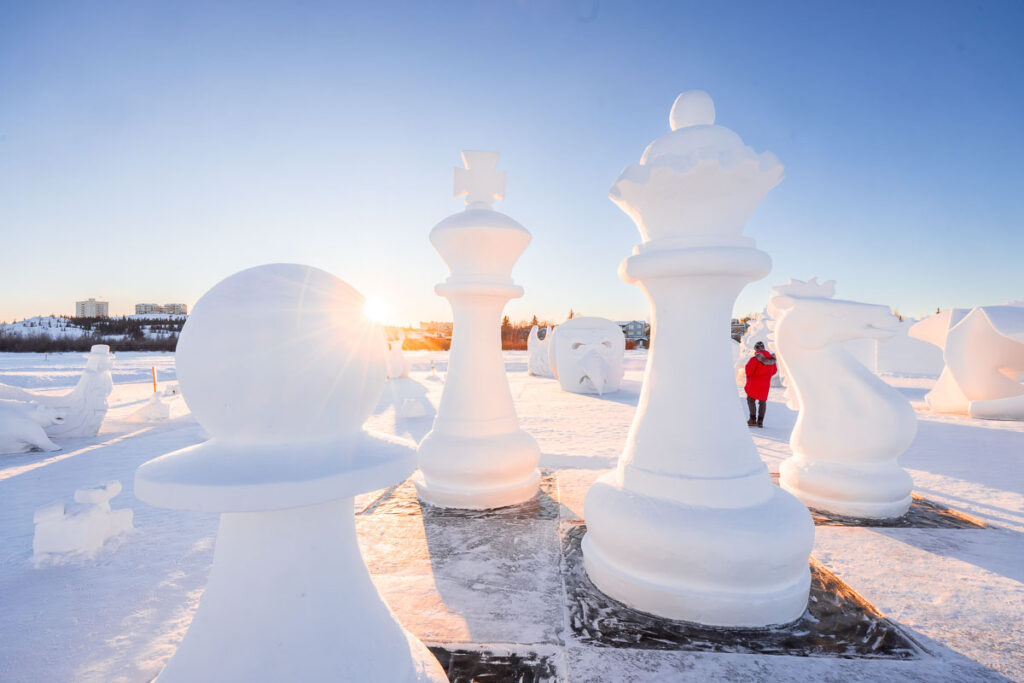
Five Nights, Five Unforgettable Shows
And I can personally vouch for this: during my trip to Yellowknife, I was lucky enough to see the northern lights every single night. Five consecutive nights of dazzling, otherworldly displays, with an intensity and vibrancy I had never experienced before. A dreamlike spectacle under one of the clearest and most pristine skies in the world.
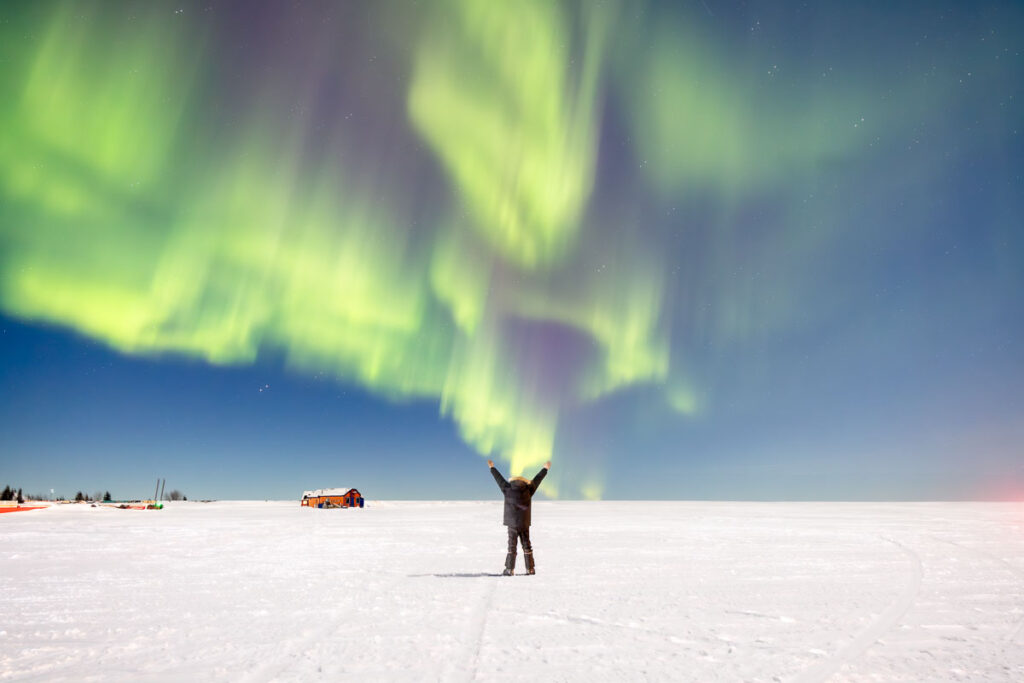
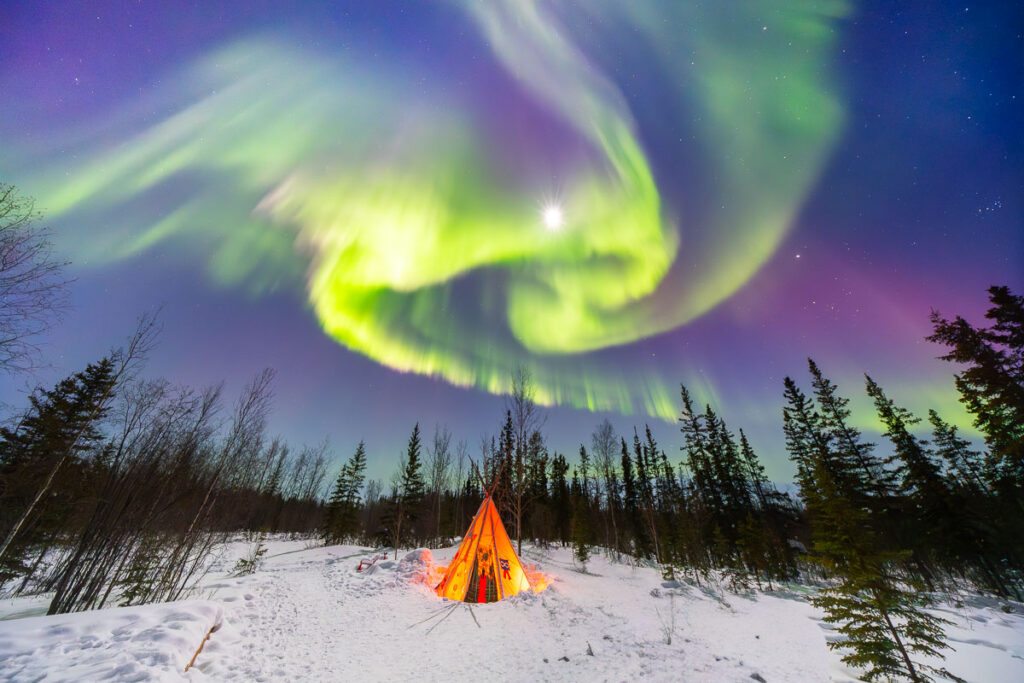
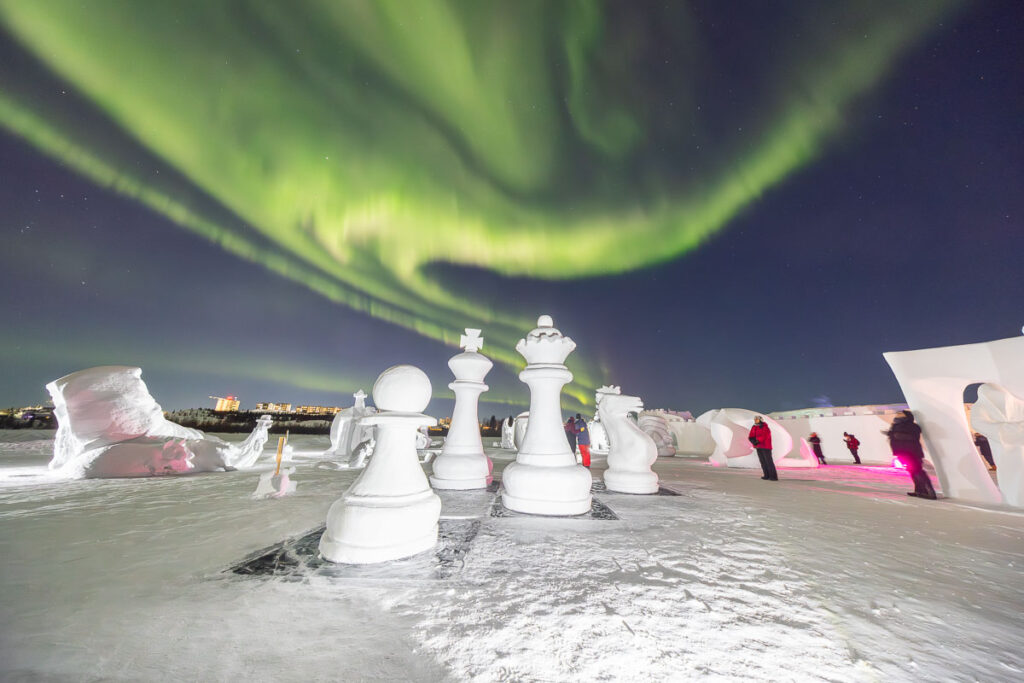
If you’re looking for the ultimate northern lights destination, look no further than Yellowknife. Here, nature offers a breathtaking show—almost guaranteed.
My Stay at Blachford Lake Lodge: A Once-in-a-Lifetime Experience
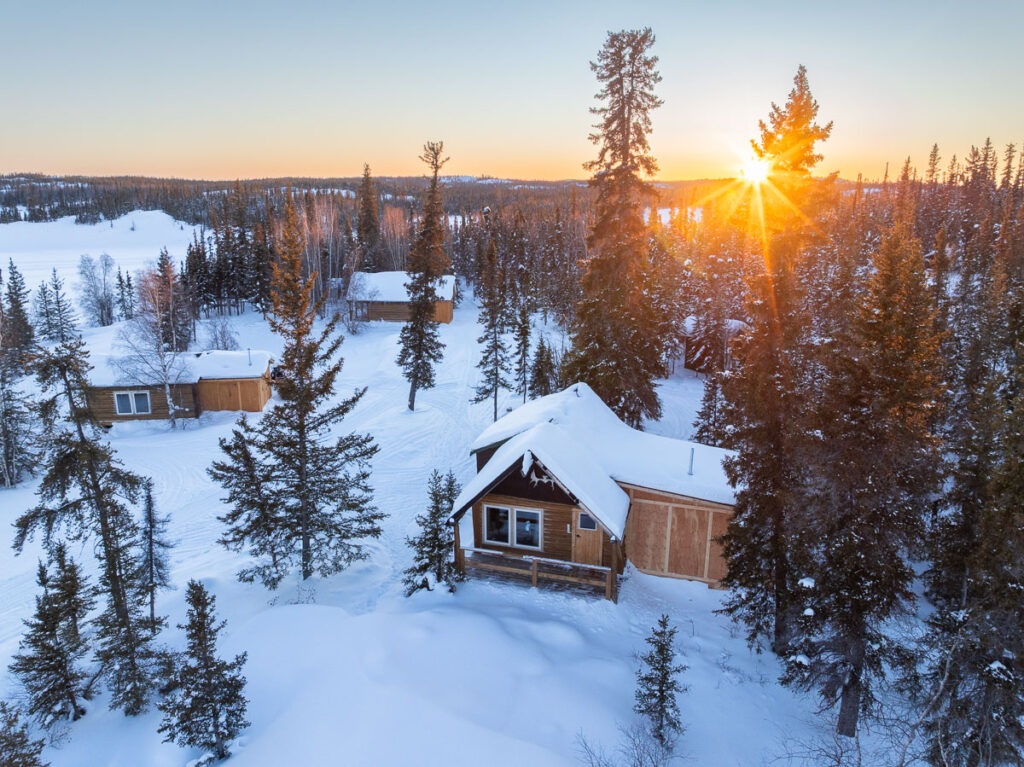
Located in Canada’s Northwest Territories, just a short flight from Yellowknife, Blachford Lake Lodge is one of the most remote places I’ve ever visited. The only way to get there? By seaplane. It lands right on the frozen lake, deep in the Arctic wilderness.

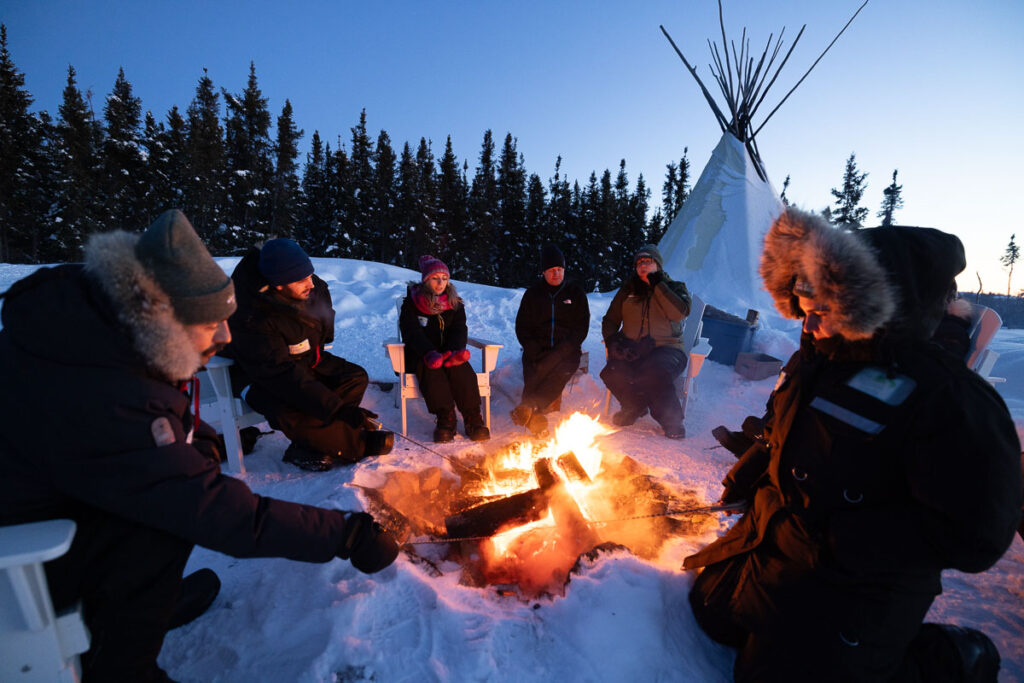
It’s like staying in a Polynesian overwater bungalow, but instead, you’re surrounded by snow-covered forests and absolute silence. Despite the extreme cold, the climate is dry, and the sky is always clear, with breathtaking sunny days.

This lodge is a dream spot for watching the northern lights, whether from the warmth of a hot tub under the stars or while exploring the wilderness. Activities like hiking, snowshoeing, and cross-country skiing make this an unforgettable adventure. A must-do experience in the Northwest Territories!
How to Photograph and Film the Northern Lights?
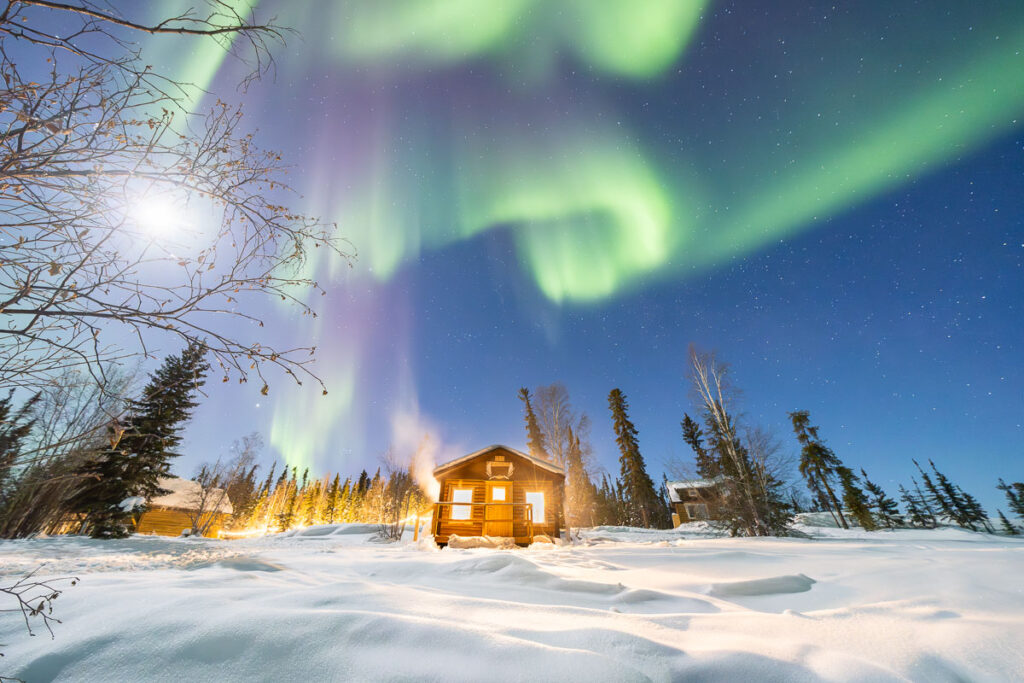
Capturing the Northern Lights is easier than you think! Modern smartphones deliver impressive results thanks to long-exposure and stabilization features. But if you want to use a professional camera, here are my key tips.
1️⃣ Choosing the Right Gear
📷 Camera:
• Full-frame sensor, good high ISO performance with minimal noise (most recent models work well).
🔭 Lens:
• Ultra-wide and bright (e.g., 14mm f/2.8 or 15mm f/2.8).
• I also used a 10mm f/4, and the auroras were bright enough to compensate.
2️⃣ Camera Settings
⚙️ Standard settings:
• ISO: 2500
• Aperture: f/2.8
• Shutter speed: 3 sec
⚡ Beware of intensity changes!
• If the auroras get very bright, shorten the exposure to 0.5 sec or even 0.3 sec to avoid overexposure.
• Avoid long exposures, as auroras move quickly (even faster than stars).
📽️ Timelapse :
• Don’t use a fixed setting, as aurora intensity can suddenly increase, ruining your exposure.
3️⃣ Dealing with Extreme Cold
🔋 Battery management:
• Cold drains batteries fast → bring spares.
• Tip: Tape a hand warmer to the battery to keep it warm.
🧤 Hand protection:
• Never touch your camera with bare hands → risk of frostbite.
• Use gloves with inner liners + touchscreen compatibility.
📦 Avoid condensation:
• Do not bring your camera indoors immediately after a long cold session.
• Seal it in an airtight bag before bringing it inside to prevent lens and sensor fogging.
I’m not an expert, but after several Northern Lights sessions, I’ve learned these key tips. Hope these tips will help you capture unforgettable shots!



